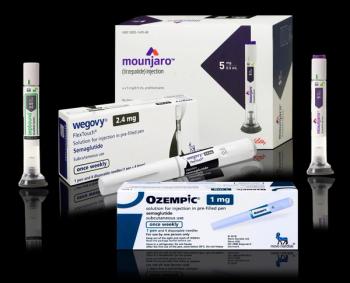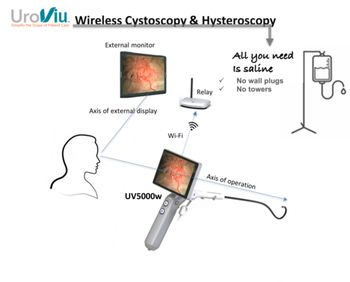
Financial sustainability, growing revenue, integrating AI – a survey of C-suite leaders
Agenda for next two years is evolving, and busy.
It may be necessary for hospitals and health systems to gird for a potential recession in the next two years, according to a new report.
Health care advisory firm
“Today’s executives are focusing on growing revenue as they emerge from the difficult macroeconomic conditions that only became worse beginning in 2020,” the report said. “Prior to the crises of the last three years, health system and hospital leaders were already struggling to establish more resilient
Recession coming?
Patient conditions and economics writ large appear to be getting worse.
Among respondents, 65% said the health of their patient populations is worse than pre-pandemic, up from 52% last year. Only 5% said they are confident patients have caught up on care that was delayed during the pandemic.
A majority – 60% – said an economic recession is likely and 81% said it would have a negative effect on their organization. To prepare, 52% are cutting costs by improving efficiencies, while 42% are reviewing suppliers to impose limitations.
AI in health care
Everyone is waiting to see how artificial intelligence (AI) will affect health care.
“Despite the tremendous hype around AI in 2023, particularly generative AI, the penetration of artificial intelligence in health care is broader than it is deep,” the report said.
A full 71% of respondents said it is too early to tell if the integration of AI has directly resulted in any cost savings or revenue generation. Just 11% of respondents said it had, and 18% said it had not.
Adopting AI overall had a mix of responses: 27% slightly challenging, 25% neutral, 22% slightly not challenging, 16% somewhat challenging, 6% not challenging at all, and 4% not very challenging.
Clinical decision support systems (17%) were the top clinical use cases for AI, followed by virtual health assistants and chatbots (14%), imaging and imaging analysis (13%), predictive analytics (11%) and diagnostic support (11%). For clinical AI, 15% of C-suites planned to invest in predictive analytics in the next year, followed by imaging and imaging analysis (14%), virtual health assistants and chatbots (12%), oncology (11%), and clinical decision support systems (11%).
Top challenges
Among the five greatest challenges facing U.S. health care in the next two years, financial sustainability and lowering total cost of care were tied at 69% of respondents naming that challenge. It was the same figure as the 2022 survey.
Workforce resilience dropped as the top challenge from 77% of respondents in 2022 to 61% in the 2023 survey.
Meanwhile, access to care grew to 43% of respondents, up from 24% the year before, and evolving payment models were almost the same, 31% in 2023, down slightly from 32% in 2022.
What to do next
In the survey, 57% of respondents said growing revenue was the top strategic initiative of the next two years. That was more than 42% last year and 56% in the 2022 survey.
Also increasing year over year were reducing costs, at 46% of respondents, up from 38% in 2023 but not as high at 74% in 2022. Patient safety was a top initiative for 25% of respondents, up from 17% the year before but down from 40% in 2022.
Staff recruitment and retention was down, a top strategic initiative for 55% of respondents, down from 61% the year before; that measure was not part of the 2022 survey. Patient and consumer experience was 25%, down from 36% of respondents the year before, but up from 14% in 2022.
Newsletter
Stay informed and empowered with Medical Economics enewsletter, delivering expert insights, financial strategies, practice management tips and technology trends — tailored for today’s physicians.



















